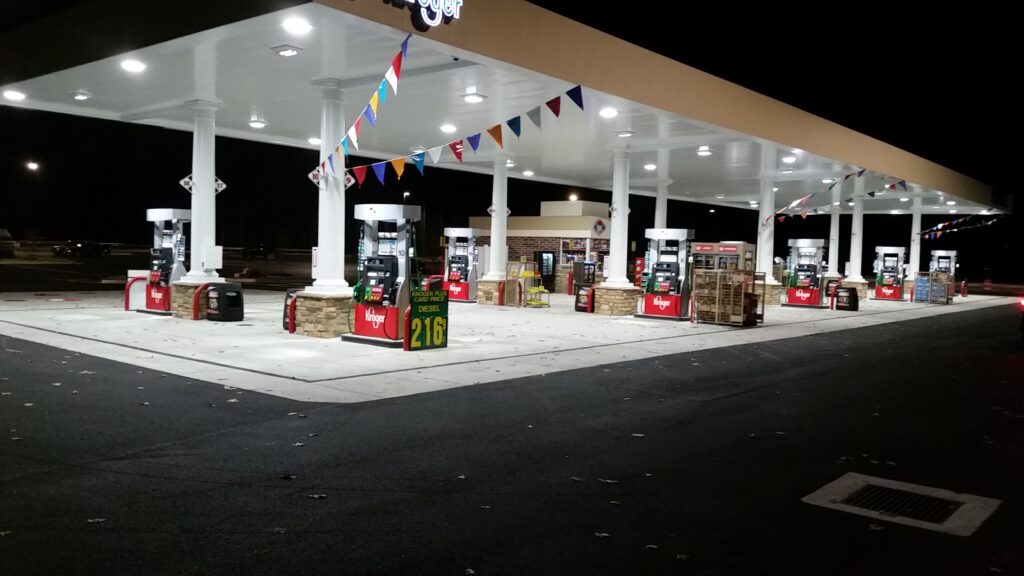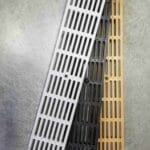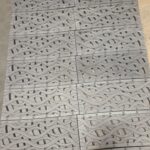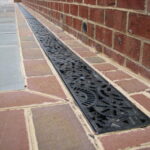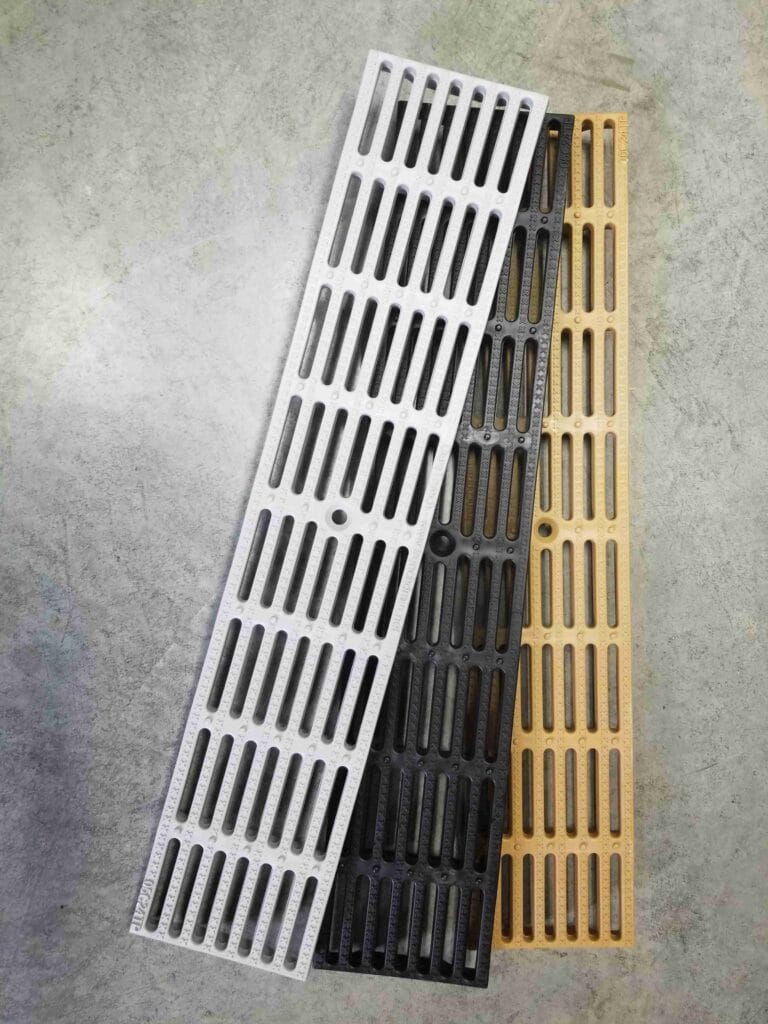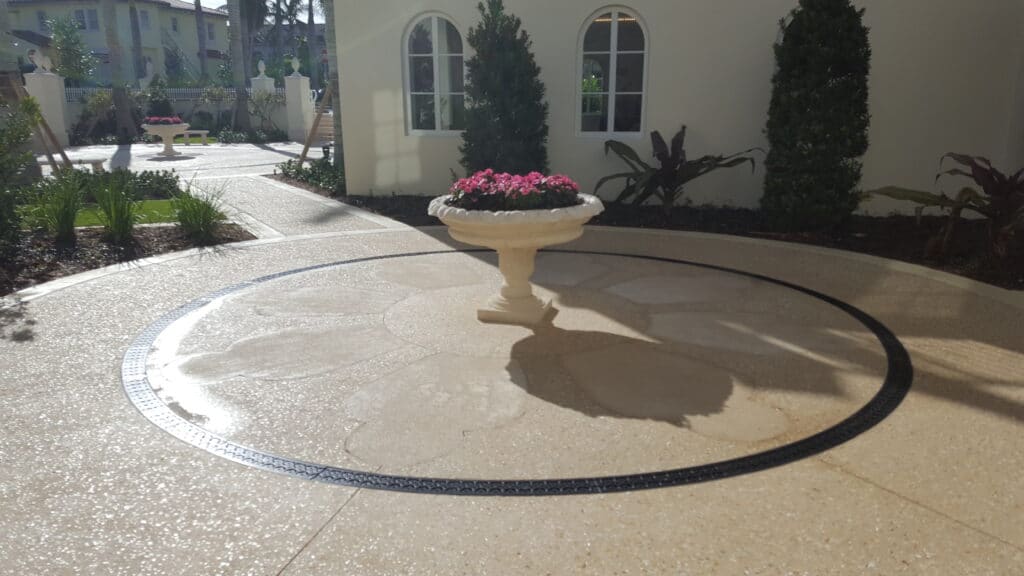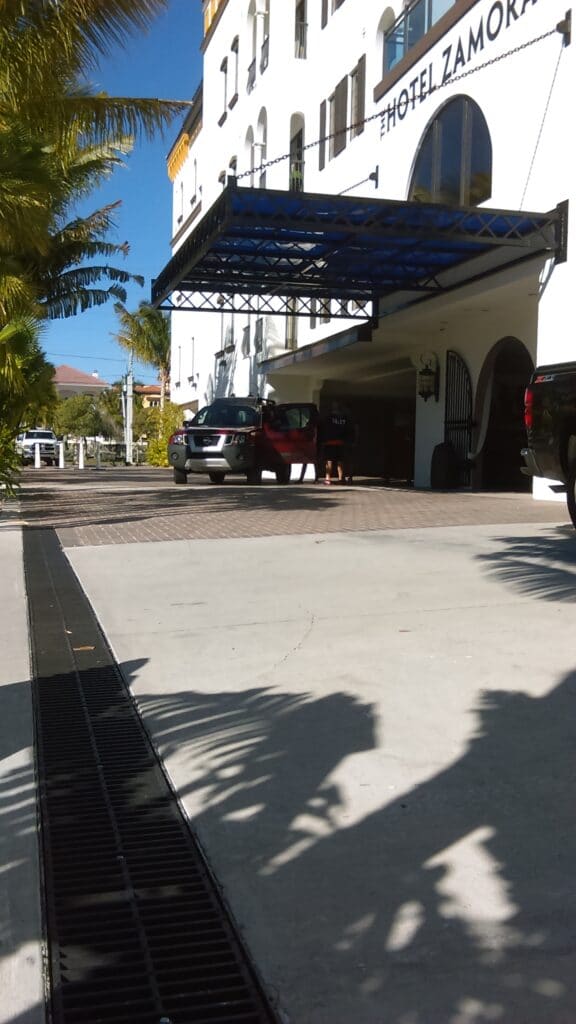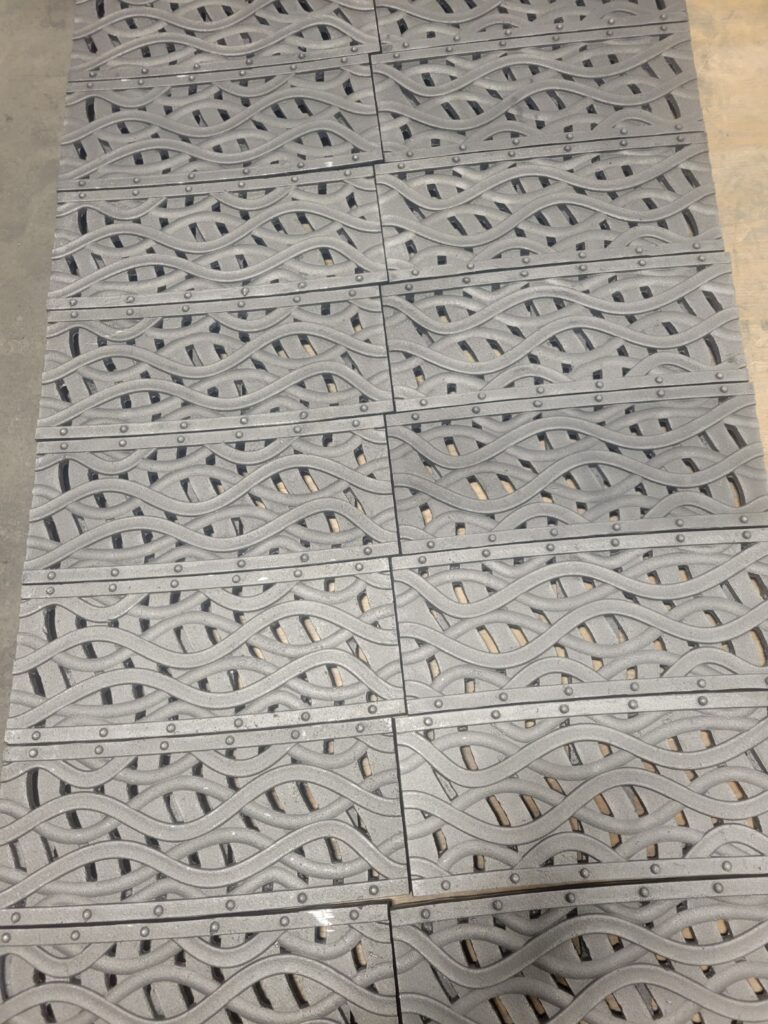Drainage installations of all kinds can become clogged with debris and plant material more readily than you might think. While trench drain grates can help block large items from getting into your drainage system, many people are surprised that smaller debris and grime can actually clog your drains as well. Sand and soil are the most common items that get past trench drain grates and which can lead to clogged or damaged drainage systems.
If you have any kind of drainage on your property that is exposed to water runoff that is contaminated with silt or smaller matter like sand, you might need to add a catch basin to your drainage system. A catch basin is an ideal solution for this purpose and can help to maintain your drainage system and protect its longevity over time.
What is a Catch Basin?
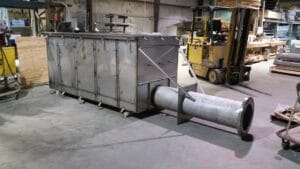
A catch basin is a device with a grate on it that helps to capture and temporarily store water runoff. They are most often placed where there is a high volume of water that needs to be collected by a trench drain, but they can be used in areas where there is less expected water volume that needs to be managed each day.
Catch basins are sometimes also called storm drains, storm sewers, and stormwater drains. Technically, the catch basin is a different item than storm drains and storm sewers, but a catch basin can often be lumped into the same group of items when being discussed outside of the plumbing and drainage industry.
A catch basin provides two levels of protection for your drainage system. First, the catch basin’s grating will collect large items and prevent them from passing through to the rest of your trench drain system. Once water has passed through the first grating, the catch basin holds the water and passes it slowly through another grating. This slows down the speed at which water enters the rest of your drainage system, effectively helping to sift out most of the matter in the runoff before it is passed through the rest of your drainage setup.
There are also catch basin sumps, which can sort our finer particulate matter before allowing liquid to pass through the rest of your drainage system. A sump can help a lot when it comes to very fine matter like sand and soil, allowing it to sink to the bottom of the catch basin and be removed from the water flowing through drainage pipes and trenches.
Essentially, a catch basin is able to sort out items that can “swim” readily from items that are too heavy to float well. Sorting out matter from the liquid runoff that needs to be removed from your property can greatly improve the longevity and effectiveness of your drainage system.
Types of Catch Basins
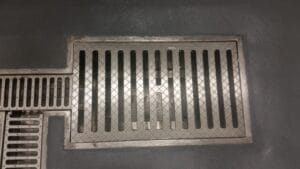
There are two basic types of catch basins that you can select from. There are benefits to both types, and the overall demand that is placed on your catch basin and the kind of material that you are trying to sift from water runoff might impact your choice between one system or the other.
· Open System
In an open system, the catch basin has bars or grates over the top of the catch basin, which allows runoff to enter the catch basin before being sifted and cleaned. These are the most common type of catch basin and are most often placed below downspouts, which bring water off the roof of a building. These systems are ideal for larger debris and to sort out water that is flowing at a high volume on a regular basis.
· Closed System
A closed system will have a far more solid cover, which provides a first layer of defense against sediment and soil from getting into your drainage system. The water that flows into this kind of catch basin is then sifted again inside the catch basin. These systems are common in places where very fine sediment is found in water runoff and where water volume is not as high. Closed systems are often more work to maintain, but they can be the perfect solution for areas where water runoff is heavily contaminated with small particulate matter.
Selecting the right kind of system for your property is often very easy once you know how much water the catch basin needs to collect and what kinds of sediment or debris it needs to sort out. The size and shape of the catch basin can be made specifically to suit the needs of your property, and both kinds of systems can be customized as needed.
How Do You Maintain a Catch Basin?
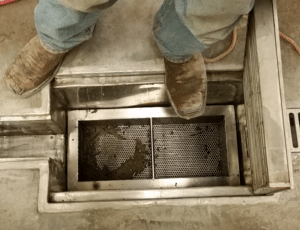
Catch basins, just like all other parts of your drainage system, do need routine maintenance to continue to perform properly. You will need to lift the grating off the catch basin and check for cracks and other issues with the basin itself from time to time. You will also want to be sure to clean out collected sediment and materials from the basin so that it can continue to perform its function properly.
You might need to have a team of professionals handle this work so that you can be sure that you are not damaging your catch basin or missing areas when you are cleaning it out. Having the right tools can have a big impact on the simplicity of this process, and a skilled team of experts will be able to handle this kind of routine job with ease.
If you live in an area where freezing weather is common, your catch basin will need to be cleaned out regularly to prevent sediment from creating areas of standing water inside the basin that can freeze. Catch basins can be cracked or broken during a freeze just like trench drains and other kinds of drainage components.
How is a Catch Basin Installed?
Catch basins can be installed in a couple of ways. In most cases, they are prefabricated to match the dimensions of your existing drainage and can be placed underneath downspouts or along paths and other areas where debris might be commonly mixed with water runoff.
You can also have a custom catch basin installed, which will require pouring the basin into place before you attach it to the rest of your drainage system. Many catch basins are encased in concrete to ensure that they are positioned perfectly to maximize their ability to sift water using gravity.
Knowing where to place your catch basin can be tricky if you are not a drainage system expert. You might need to opt to work with a skilled team of installation experts so that you can be sure that your catch basin is placed correctly. There are also various types of catch basins, and they come in many sizes, which can be overwhelming if you are not experienced in the selection or installation of these items.
You will need to know where the water that is being collected originates from and where the water is going to discharge before you install a catch basin. You will also need to be sure about the maximum volume of water that needs to be handled by your catch basin so that you can be sure that it will not be overwhelmed during peak periods. Planning out the placement and the design of your catch basin will have a big impact on its performance, so this step is important.
Catch Basin Gratings
Catch basins have external gratings, which are the first line of defense against material getting into your trench drains. You will need to be sure that you consider the location of your catch basin and the potential for things like foot traffic passing over it before you pick a grating. There are many different kinds of gratings that can be placed on a catch basin, from decorative options to those that are designed to be ADA-approved and heel-proof.
In a business location, slips and falls or tripping hazards need to be considered. You might also need to think about durability in these locations. Just like gratings for trench drains, you can get catch basin gratings in various materials, such as stainless steel, which are resistant to chemical runoff and hold up well to exposure to wheeled traffic or heavy items passing over them.
You can also opt for decorative covers for your catch basins, which might be perfect for residential purposes or for common areas at places like commercial centers or parks. There are so many ways to make your catch basins add to the beauty of their surroundings rather than take away from them. Even plastic gratings can be made to have custom touches, which can be perfect for the catch basin that is placed at the end of a drain spout or in the middle of a walkway at your company.
Benefits of Catch Basins
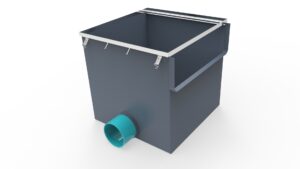
Beyond the obvious benefits to the longevity of your drainage system, there are other reasons that you might want to add catch basins to your trench drainage system. Many people are not aware of the benefits of this kind of drainage solution until they are pointed out.
· Improved landscaping
Standing water is often very hard on plants and lawns. When you have standing water that is contaminated with sediments collecting on your property, you might find that your yard struggles to thrive. Getting sediment and standing water out of the way of your planter beds and your garden can help it to grow properly all year long.
· Prevents Flooding
If there are periodic times when there is a high volume of water to deal with on your property, a catch basin can ensure that the water is pulled off the surface of driveways, walkways, and away from landscaping. These drainage solutions trap the water with ease, ensuring that it cannot undermine walkways and other surfaces or cause safety hazards.
· Protects Your Foundation
One of the reasons that catch basins are used beneath downspouts and gutters is that they keep water from flowing through or around the foundations of buildings. Standing water that rests against the foundation of your home or business can cause damage to the structure over time and can lead to flooding in the basement or crawlspace beneath the structure as well. Catch basins ensure that this is not an issue and protect the health of structures of all shapes and sizes.
· Resale Value
When you are thinking about selling a property, you need to be able to demonstrate that there are no issues with water runoff that might impact the well-being of the property and the surrounding landscape; you will be able to protect the curb appeal and the overall value of your property with ease just by adding this one drainage component. This is one of the things that many people do not think about when it comes to installing proper drainage solutions at their homes or businesses.
· Easy Maintenance
There are many drainage solutions that require extensive maintenance to ensure that they are going to operate perfectly all year long. A catch basin is a simple item to clean and care for. You can hire a team to handle the simple routine maintenance that your catch basins need if you don’t feel confident taking care of the work yourself.
Catch Basins Are a Key Component to Many Drainage Systems
There are many areas where a catch basin can improve your drainage system. You might want to place one beneath downspouts, in low areas of your property, or along walkways and paths. You can also add catch basins to parking lots and common areas and use decorative gratings to make them attractive in areas where they might be highly visible.
Getting the right drainage solutions for your home or business is a snap when you choose the right drainage experts to support your needs. The team at Dura Trench can help you get access to all of the various drainage system parts and components that you need to make sure that your property is free of standing water all year long.



